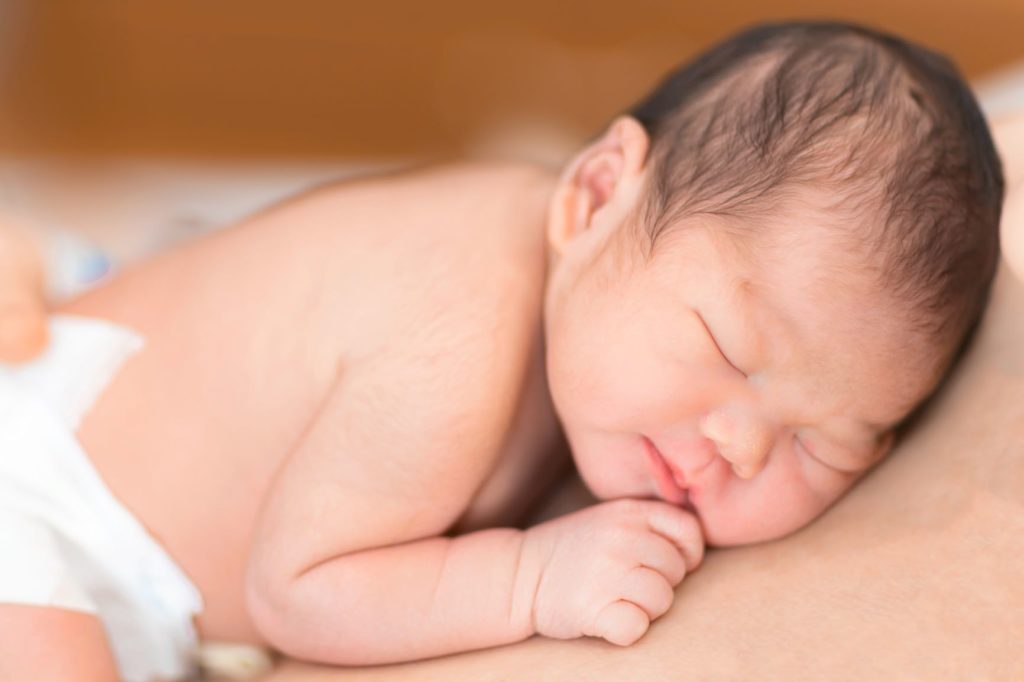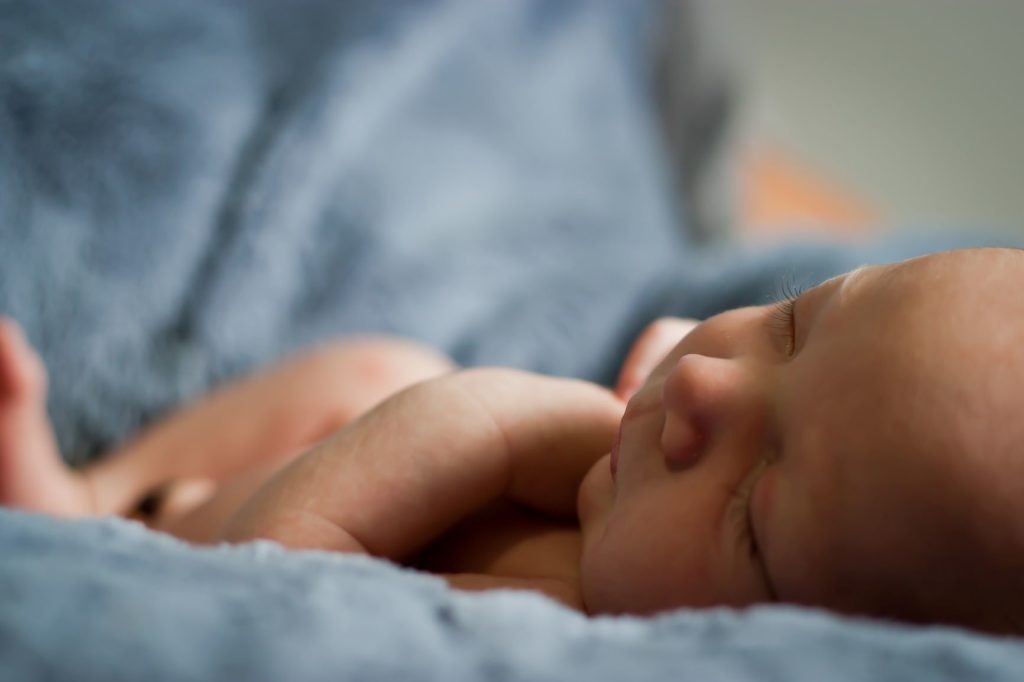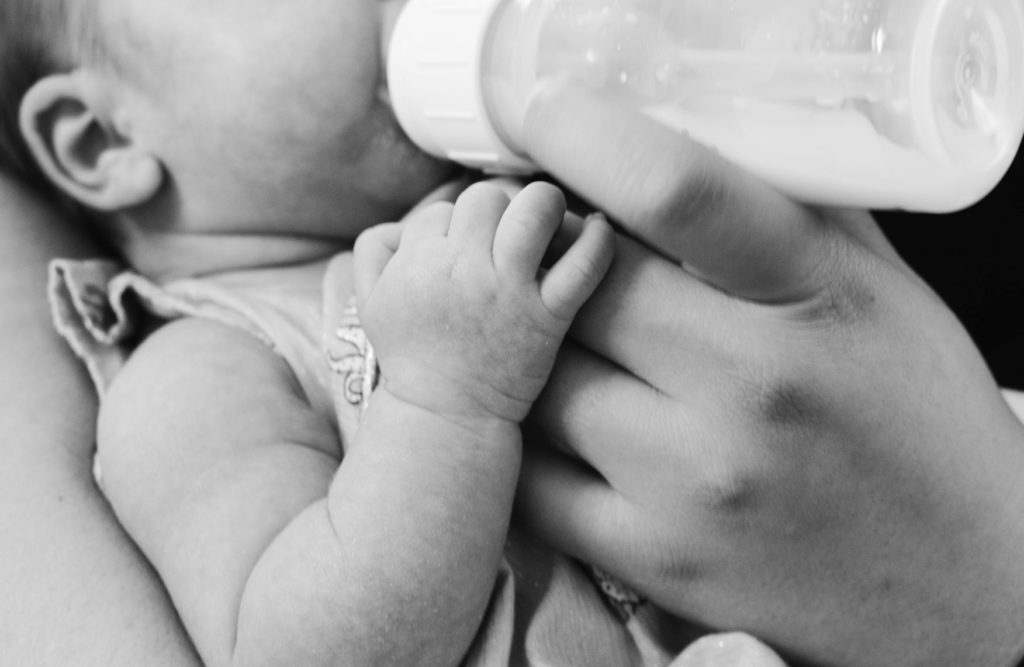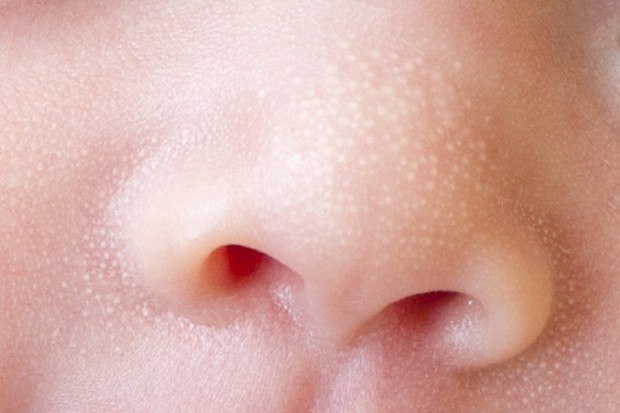
CRITICAL HEALTH & SAFETY DISCLAIMER
mothernity.co.uk is a platform for informational and educational purposes only. This content is based on general research and experienced parent insight and is NOT a substitute for professional medical advice, diagnosis, or treatment. Always seek the advice of your qualified healthcare provider (GP, midwife, or consultant) with any questions you may have regarding a medical condition or before making changes to your health plan or treatments. Never disregard professional medical advice or delay seeking it because of something you have read here.
As you tenderly care for your precious bundle, you may have noticed the appearance of tiny, pearly bumps on your baby’s face. Fear not, for these little bumps are likely milia, a common and harmless skin condition in newborns. Today, let’s explore the world of milia, understand why they occur, and discover how to care for your baby’s delicate skin.
Understanding milia in newborns
Milia are small, white or yellowish bumps that often appear on a baby’s face, particularly on the nose, cheeks, and chin. These tiny cysts are about one or two millimetres in size and are caused by trapped keratin beneath the surface.
What are the milia symptoms?
Unlike baby acne, milia doesn’t cause itching or discomfort. These cysts are typically found on areas like the face (cheeks, nose, eyelids, lips), but can also appear on other parts of the body. Milia is usually present from birth and tends to clear up naturally within a few weeks.
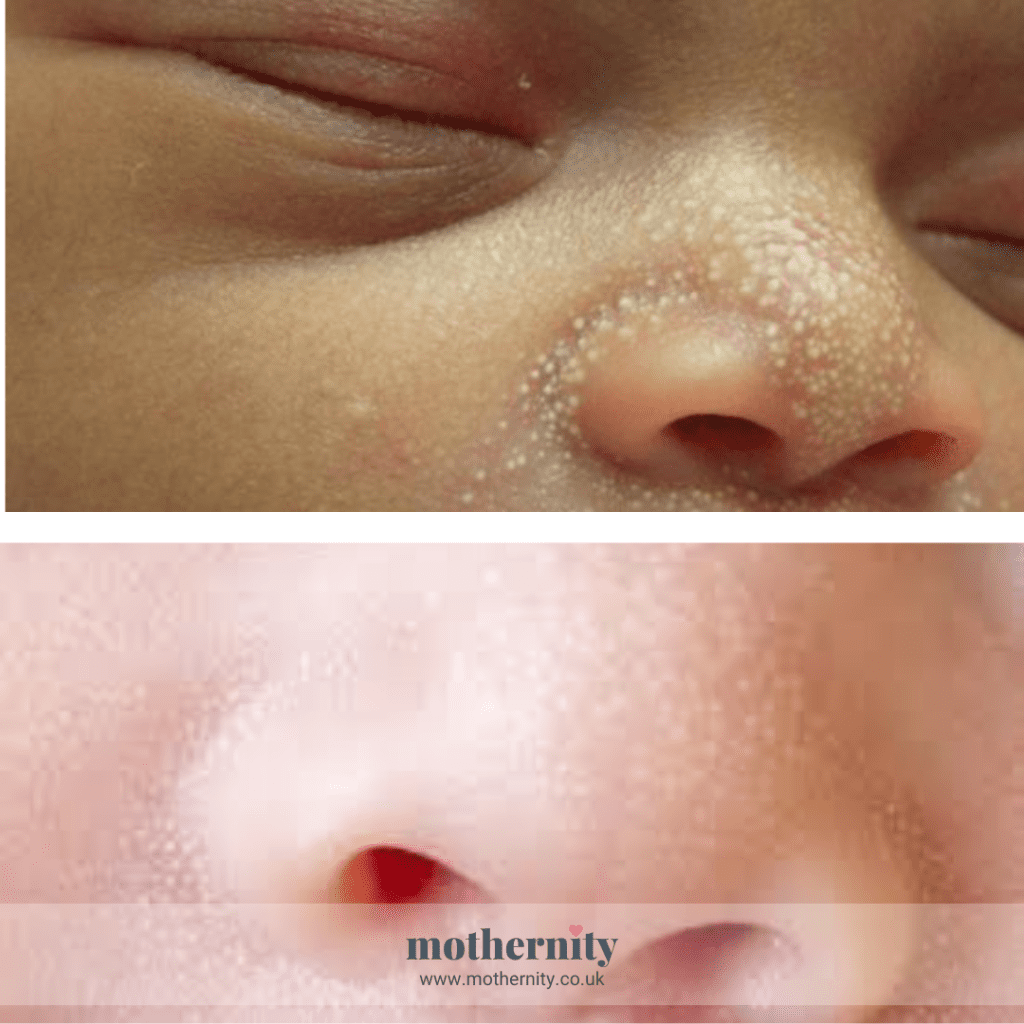
What triggers the formation of milia in newborns?
Milia in babies are commonly referred to as “neonatal milia” and are a result of the immature sweat glands not fully developed at birth. These tiny bumps are not associated with any underlying medical conditions and are completely benign. Unlike baby acne, milia doesn’t lead to inflammation and is something babies are born with.
When to consult your doctor:
- Persistent or worsening bumps:
- While milia are generally harmless and resolve on their own, if you notice persistent or worsening bumps, consult your doctor. In rare cases, milia can be a sign of an underlying skin condition.
- Redness or irritation:
- If the milia are accompanied by redness or signs of irritation, seek advice from your healthcare provider. This could indicate a need for a specialised skincare routine.
- Unusual locations:
- If you observe milia in unusual locations, such as the eyelids or inside the mouth, you should consult your GP to rule out any concerns.
Milia are a natural and temporary part of a baby’s early days. Most cases of milia will resolve on their own within a few weeks or months as your baby’s skin matures. As you navigate the joys and challenges of parenthood, remember that your baby’s skin is a work in progress. Cherish each adorable expression, and rest assured that with your gentle care, your baby’s skin will blossom.

